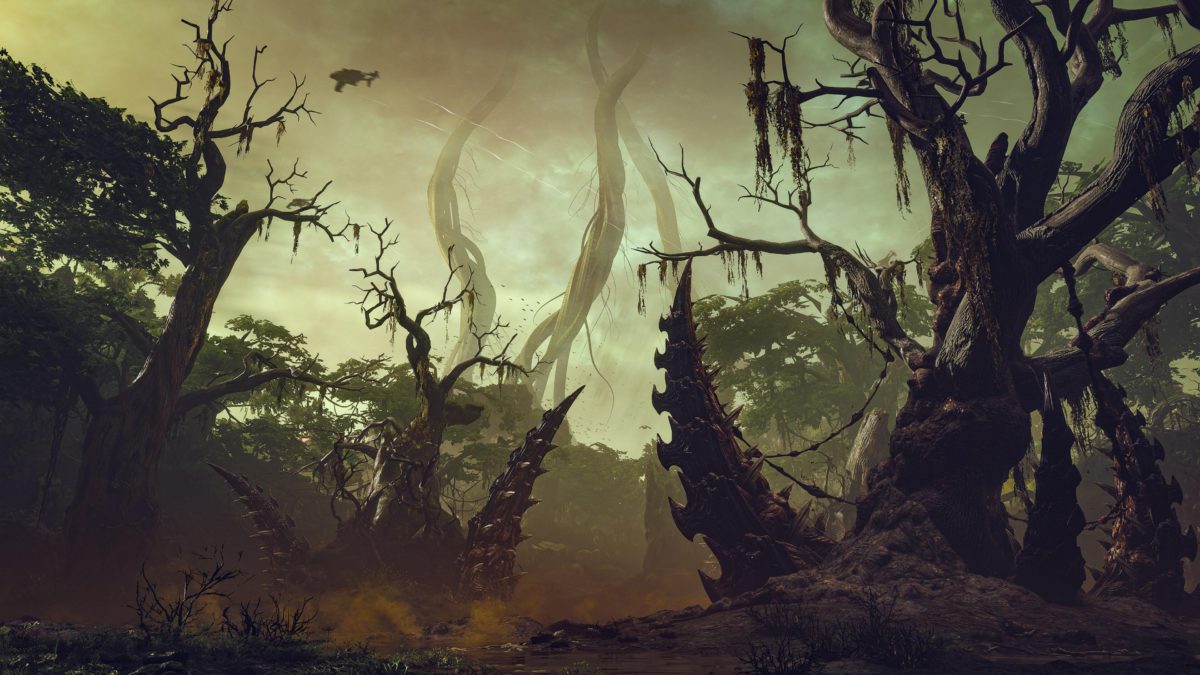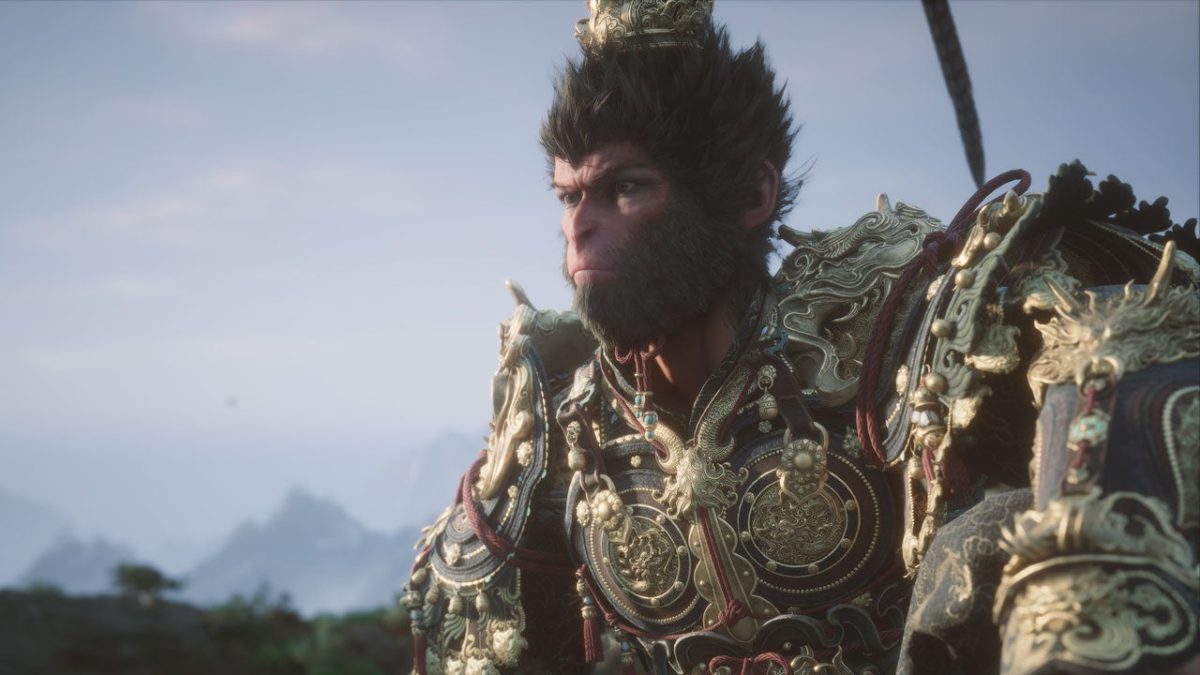It would be an understatement to say that Visions of Mana has high expectations to live up to. There hasn’t been a main entry in the Mana series in nearly 20 years, with only spin-offs and 3D remakes of older games tiding fans over in the meantime. But thankfully, the wait was worth it. Although there are a few glaring flaws, Visions of Mana successfully brings the series into the modern age with excellent combat and class systems, as well as a new cast of likable characters. It’s not only a great Mana game, but it’s become one of my personal favorite JRPGs in years.
If I could sum up my impressions of Visions of Mana’s storytelling in its opening acts with one word, it would be “simple” – and I mean that as a compliment. I’m a big fan of games tackling complex subjects or having dense lore to comb through, but not everything needs to be complicated just for the sake of it. Visions of Mana keeps its plot straightforward instead of bogging it down with needless exposition — at first, at least.
You play as Val, a skilled swordsman who must escort a group of people chosen to sacrifice their souls to sustain the Tree of Mana. This includes Hinna, Val’s childhood friend and hinted sweetheart, and I found the duo endearing right from the start. You’d normally expect a character in Val’s role as a guardian to be someone who takes things too seriously, but instead he’s cheerful, charming, and brimming with optimism. And rather than dwell on being compelled to sacrifice herself, Hinna is honored to be selected and excited to make her pilgrimage with Val by her side.
The party members they gain along the way have their own distinctive personalities that add variety. Careena, for example, is plucky yet irritable, and — for some baffling reason I’m still trying to wrap my head around — speaks with a heavy Texan accent. Morely, meanwhile, is easily the most serious of the group, but it’s his blunt attitude that leads to some of the funniest moments. It soon becomes apparent what shaped your new friends into the people they are, and each has a proper arc that gives them a chance to grow as individuals by directly confronting their own flaws. Rather than feeling like side stories, their tales are woven into the central plot in a way that feels organic. Gaining more insight into these characters helped change my entire perspective of them — for instance, Careena begins the journey as a brat and I had initially dismissed her as rude, but by the end, I found her to be one of the most endearing party members.
The main story had me intrigued from the very beginning.Visions of Mana’s main story itself had me intrigued from the very beginning, but while I loved the brisk pace of the first half, it slows to an absolute crawl later on. To avoid spoilers, I’m not able to go into detail about what my biggest gripes are, but there’s a large chunk of the final 15 to 20 hours (I rolled credits on the campaign in just under 40) that I strongly felt was unnecessary padding. There ends up being a lot of retreading, and it feels like an unwelcome detour from where the story had been heading.
This turning point is also when the simplicity I initially liked was thrown out of the window and the dreaded exposition dumps started to pile up on top of each other. As a whole, I still found the overall story to be enjoyable and the ending to be emotionally satisfying, but these pacing issues later on frustratingly squander much of the early momentum that had been built up.
But the real star of Visions of Mana, one that shines even when the story falters, is its combat. Fights are fast and frantic, with a number of systems to keep track of. You have your standard and special attacks alongside moves and spells, such as fireballs or shurikens, to mix things up and exploit enemy vulnerabilities. It’s also strategic because attacking, taking damage, and using moves slowly fills up the Class Strike gauge that then lets you perform a devastating attack you’ll want to unleash as often as you can (preferably at the exact right moments). During all this, you’ll also incorporate equipable items called Elemental Vessels, each of which provides its own special ability. For example, the Luna Globe will briefly create a small bubble on the battlefield that slows down enemies while speeding up attacks and spell casting times of the party.
However, when a character equips any given Elemental Vessel, they will also automatically be swapped to its associated class, which leads me to my absolute favorite mechanic in Visions of Mana: the class system. While the function of the Luna Globe itself will never change, the role, moves, and abilities of the character equipped with it will, and every character has a class entirely unique to them for every element available.
The Luna Globe will transform Val into an Aegis, changing him from his default melee role into a tank that lets him wield a lance and shield rather than his usual sword, but Careena will instead become a Moon Charterer and takes on a buff-support role through fan dancing. As an Aegis, Val can use a move to aggro enemies and gains an ability that allows him to survive what would otherwise have been a fatal blow with 1HP once per battle, and it’s the way these options come into play as you swap around that really highlights the fun of each class
The real star of Visions of Mana is its combat and class system.You’ll unlock even more moves and abilities for each Vessel thanks to the Elemental Plot, which acts as an upgrade system. The key difference between those two types of actions is that any moves you learn are permanent and can be equipped regardless of a character’s class, whereas abilities are tied to the class itself. So Val won’t get that protection from a fatal blow unless he’s an Aegis, but he’ll always have the option to add the aggro move to his repertoire, and that provides an exciting reason not to invest solely in one class.
But the coolest part? When equipping an Elemental Vessel to a character for the first time, you get treated to a wonderfully cheesy costume transformation cutscene straight out of a Super Sentai show as they don their new thematic outfits and weapons. Even if I didn’t really want to equip a character with a particular Vessel, I’d always do so at least once because the cinematic never failed to put a huge grin on my face. And don’t worry — once you’ve done the initial transformation sequence, you can just swap between classes at the press of a button in the menu screen between encounters.
Even more depth is added to combat by Ability Seeds, which are obtained through quests, chests, and battles. Some Seeds grant you passive bonuses like upping your stats while others grant you an entirely new move to use. Later on you’ll even be able to transfer the Corestones of defeated enemies and bosses into more powerful Seeds. A particular favorite of mine let me summon a late-game boss at my leisure to unleash some serious damage.
All of these systems tie together in a way that encourages strategy over button mashing. I had my preferred classes for certain characters, but some situations called for me to invest upgrade points into a Vessel I’d never use on them just to unlock certain moves, or even reclass them entirely. That might sound restrictive, but I actually liked that it encouraged me to branch out and try classes for characters I initially wouldn’t have wanted to, and prevents you from putting all your eggs in one basket.
Bosses can be tough if you’re not taking advantage of all your options.For instance, normally I liked to have Morley use the class associated with the water Elemental Vessel, which transforms him into a hybrid of a stage magician and Gambit from X-Men who can stun enemies. But to defeat one particularly challenging boss, I had to switch him to a class that could maximize damage output thanks to its focus on critical hits. This also meant swapping some Ability Seeds that focused on boosting his critical damage and hit rate for complete synergy.
You’ll want to make sure you understand how to make the most of each class like this, because bosses in Visions of Mana can be tough even on the normal difficulty level if you’re not taking advantage of all your options. There are some really inventive boss designs, both visually and mechanically. Some might heavily focus on area-of-effect attacks while others will snatch your Elemental Vessel from you, temporarily preventing you from using it. Every boss kept me on the edge of my seat, and slaying them always felt rewarding.
Exploration also makes up a huge bulk of Visions of Mana. From lush jungles to snowy tundras to seaside villages, every single location feels unique and lets the gorgeous art style shine — it’s vibrant and looks like something out of a storybook, which fits the fantastical tone. Hidden chests and collectables had me exploring every inch of the map and pulled me to optional areas I otherwise would have breezed right by. There are side quests, collectables, and more still left for me to tackle, too, and I can’t wait to dive right back in to complete everything Visions of Mana has to offer.
That said, while the art style itself is great, I did notice a fair share of visual bugs. There are a lot of moments where the lipsyncing didn’t match up, and at one point a character was speaking without their mouth moving at all. I also ran into a few huge framerate drops despite playing in performance mode on PlayStation 5, though these were extremely rare.








